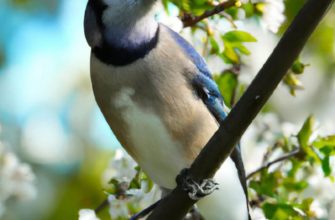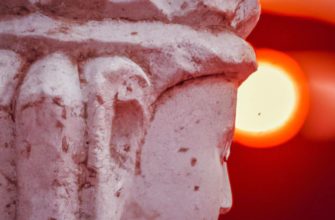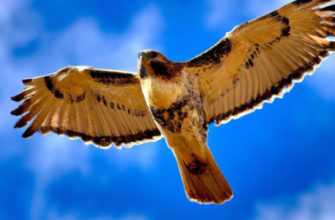Owls have long been seen as symbols of wisdom and mystery. They’re nocturnal creatures with unique traits, like silent flight and an ability to rotate their heads nearly 360 degrees! Ancient cultures and modern folklore alike have been captivated by their enigmatic presence.
Plus, owls play a vital role in our environment. They help keep small mammal and insect populations in check, acting as natural predators.
So, the next time you catch a glimpse of one soaring through the night sky, take it as a sign to tap into your inner wisdom and intuition! Just remember to keep a respectful distance – they’re wild creatures, after all.
The Symbolism of Owls
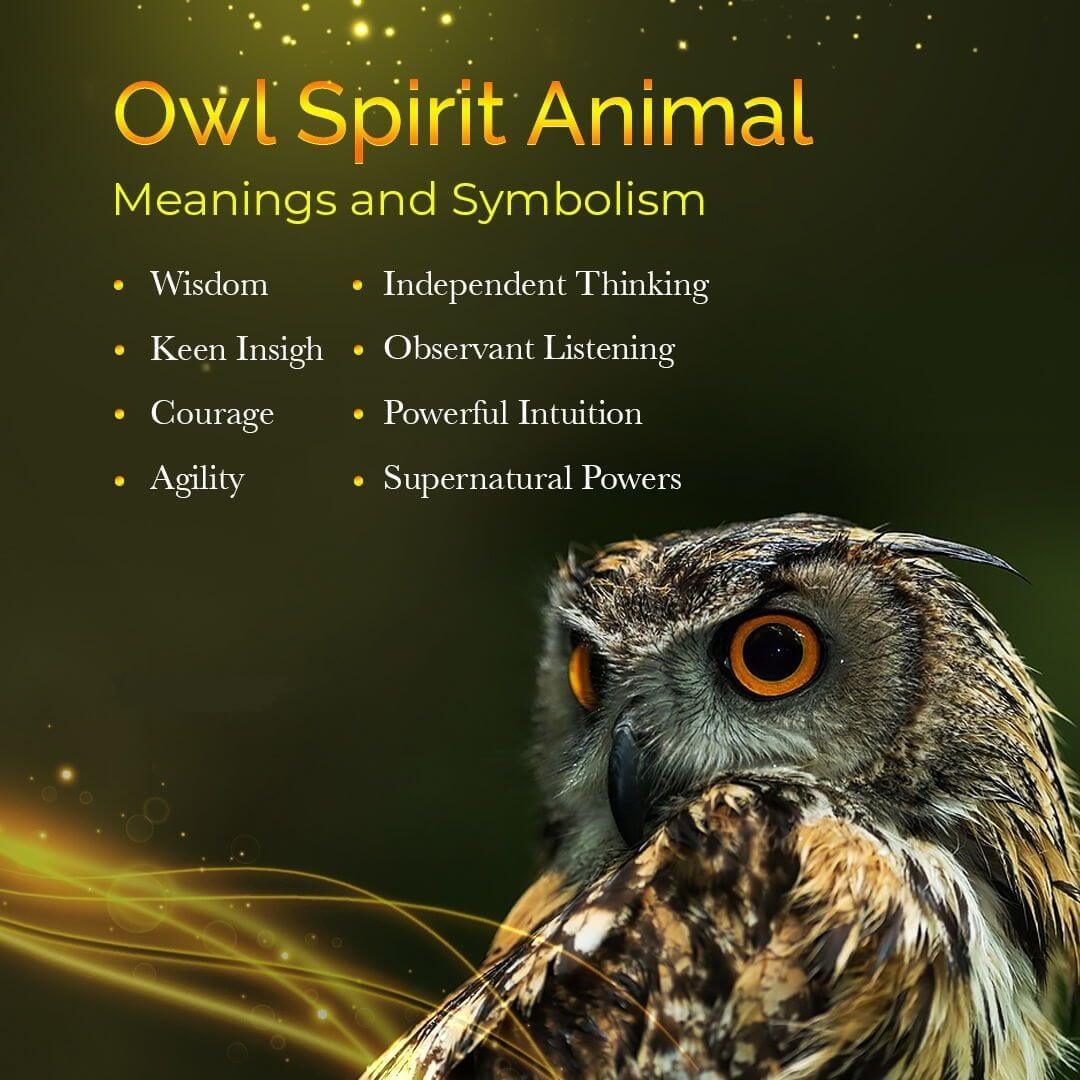
To gain a deeper understanding of the symbolism of owls, explore the section on the cultural significance of owls and their representation as symbols of wisdom. Discover the fascinating insights and meanings behind these two sub-sections that shed light on the mysterious allure and rich symbolism of owls.
The Cultural Significance of Owls
Owls have a great amount of cultural importance across numerous societies and traditions. They are linked to wisdom, mystery, and magic. Ancient Greek mythology saw them as sacred to Athena, representing wisdom and protection. Native Americans view owls as omens of spiritual transformation. In Hinduism, they are a representation of Lakshmi, the goddess of wealth and knowledge. Owls are also said to have the power to see through darkness, leading to an association with foresight and insight.
Artists have long used owls in their artwork, to create a feeling of mystique and wisdom. An example of this is Leonardo da Vinci’s “The Virgin and Child with Saint Anne,” which features a philosophical owl beside Saint John the Baptist.
Owls are also associated with superstitions. Hearing an owl’s hoot at night can be seen as an omen of either death or good luck, depending on the culture. In Japan, it is believed that owls can keep away evil spirits and bring good luck. This has led to owl-based decorations being used to protect homes from misfortune.
An interesting story from Ancient Rome involves owls, too. Publius Claudius Pulcher was warned by owls not to attack Sicily during the First Punic War. He ignored these signs, and lost the battle to the Carthaginians. This serves as a reminder of how owls have been seen as messengers of caution.
Owls as Symbols of Wisdom
Owls have been seen as symbols of wisdom for a long time. Their mysterious and nocturnal nature, plus their big eyes, make them seem to have insight into the world.
In ancient Greek culture, owls were connected to Athena, the goddess of wisdom. People thought her owl could bring knowledge and enlightenment. Native Americans also respected owls for their ability to see beyond the dark.
Owls are seen as wise in many cultures. They are thought to represent prophetic power and insight. Plus, their nighttime calls are seen as portents of change or revelations. This idea has even become part of literature and popular culture, where owls often stand for wise guides.
A famous story from Rome tells of Gaius Marius before a battle. An owl perched on his tent while he slept. This was seen as a sign of divine guidance. Marius won the battle and was inspired by the owl.
Owl Sightings and Superstitions
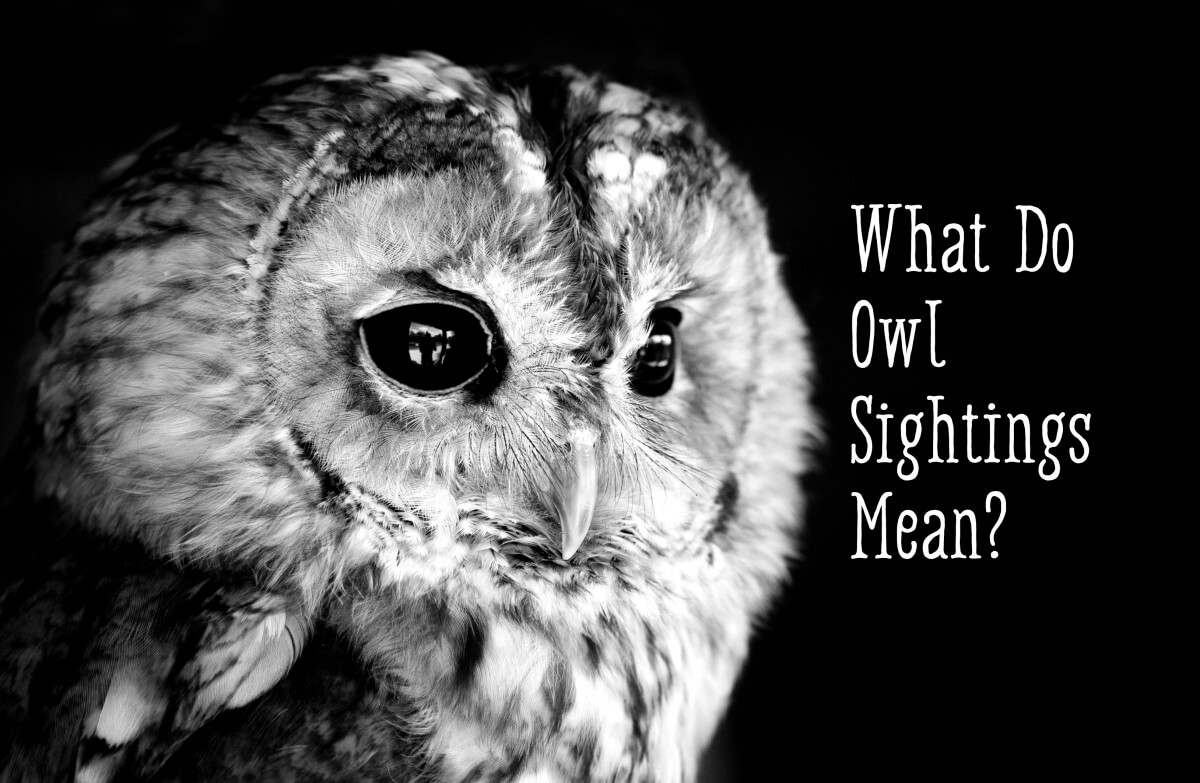
To gain insights into owl sightings and superstitions, explore the sub-sections: “Owls as Omens of Death” and “Owls as Messengers or Guides.” These sub-sections offer a brief glimpse into the different symbolic meanings associated with owl sightings, providing intriguing perspectives on the potential messages these majestic creatures might convey.
Owls as Omens of Death
Owls have long been associated with superstition and death. Some cultures believe they are omens of doom, while others regard them as messengers from the afterlife. Their eerie hoots and nocturnal nature have captivated human imagination for centuries.
In Greek mythology, owls were linked to Athena, the goddess of wisdom and battle strategy. Hindus consider them companions of Lord Yama, the deity who presides over death.
Science explains why owls may be seen as symbols of mortality. They are expert hunters, able to silently swoop down on their prey in the dark. Their sharp talons and keen eyesight make them formidable predators.
Some Native American tribes view owls differently. The Hopi tribe believes burrowing owls guard underground realms and protect against evil spirits.
Although superstitions about owls remain, such beliefs are rooted in folklore and cultural traditions, not empirical evidence. These birds still mystify us with their haunting calls and enigmatic presence, reminding us of our fascination with life’s mysteries.
Owls as Messengers or Guides
Owls are mysterious, nocturnal creatures believed to be messengers from another realm. In many cultures, they represent wisdom, knowledge, and intuition. Ancient Greek mythology links them to the goddess Athena, who had an owl perched on her shoulder. Many Native American tribes believe owls carry messages from the spirit world. Different types of owls symbolize different meanings too. For instance, barn owls signify hidden knowledge and snowy owls are symbols of purity.
One story tells of a woman named Emily who got lost in the woods one stormy night. Then, an owl with amber eyes appeared and guided her home. Ever since, Emily thought of owls as divine messengers. Who needs a lucky rabbit’s foot when you can have an owl’s beady eyes watching over you?
Owls in Folklore and Mythology
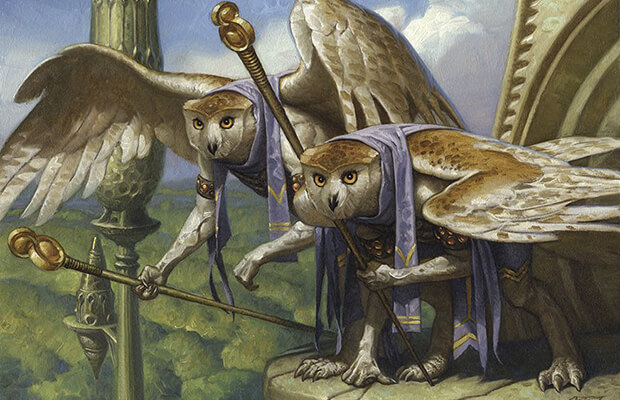
To understand owls in folklore and mythology, delve into the rich narratives of ancient cultures. Owls in Greek Mythology and Native American folklore play significant roles in shaping beliefs and symbolism. Explore the captivating stories and insights associated with these two sub-sections.
Owls in Greek Mythology
In Greek mythology, owls are linked to many symbols. They are seen as wise creatures, associated with Athena, the goddess of wisdom and warfare. Myths portray them as messengers or companions to deities; one story tells of an owl perched on Athena’s shoulder during battle, guiding her.
Owls were also believed to have a connection to prophecy. Ancient Greeks observed their behavior or listened to their calls to seek guidance. Plus, they were said to be psychopomps – guiding souls to the afterlife.
These beliefs about owls have lasted for centuries and are still prominent in many cultures today. Owls are still seen as symbols of intelligence and higher knowledge.
Owls in Native American Folklore
Owls have an important place in Native American folklore, standing for knowledge and direction. These majestic birds are often linked to spiritual forces and thought to have the ability to communicate with the spirit world.
Various tribes have different interpretations of owl symbolism. In some they are seen as guards against bad spirits, while others think they have healing powers. For example, the Apache believe if an owl lands on your roof it’s a sign of luck and protection.
To pay tribute to owls in their culture, Native Americans have made rituals and ceremonies. These are for connecting with the spiritual side which owls represent. One such ritual involves making owl feather fans or wearing feathers during dances and ceremonies, to gain their wisdom and guidance.
If you’d like to gain the wisdom of owls in your life, here are a few tips:
- Observe owls in their natural surroundings or through wildlife programs. This will help you get to know their behavior and meaning.
- Create artwork or crafts inspired by owls, to show respect for their significance in Native American folklore.
Different Species of Owls and Their Meanings
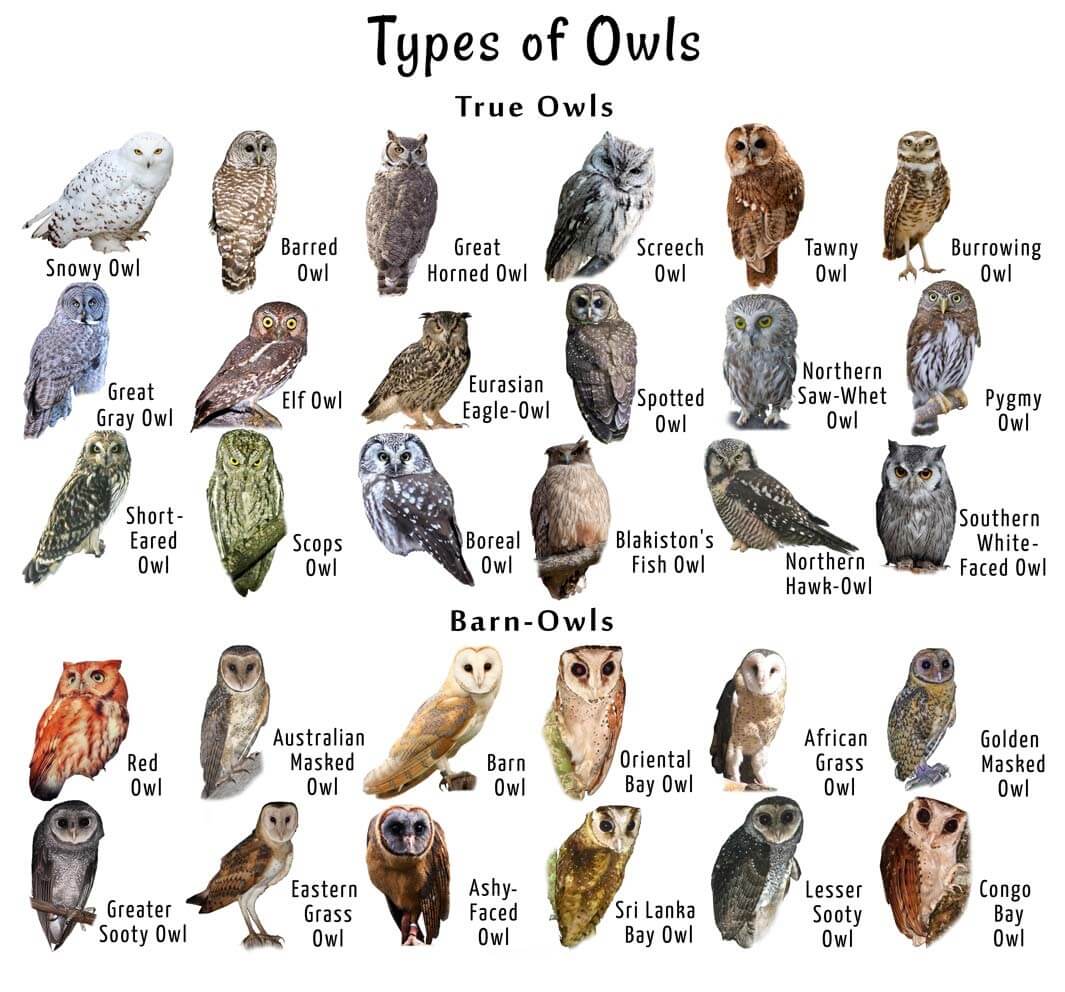
To explore the different species of owls and their meanings, dive into the fascinating world of barn owls, great horned owls, and snowy owls. Uncover the symbolism and significance associated with each owl species, offering a glimpse into the hidden messages they may bring.
Barn Owls
Barn Owls boast striking features and extraordinary hunting skills. They can capture prey in dark and hear sounds with pinpoint accuracy, due to their soft feathers allowing them to fly silently.
These owls are highly adaptable and can live in various habitats, from grasslands to urban areas. They mostly feed on small mammals like mice and voles, but also birds, reptiles, and insects. Barn Owls are beneficial to farmers, as they help control rodent populations.
Pro Tip: To attract Barn Owls, provide nesting boxes or structures that mimic natural cavities. This encourages these majestic birds to take up residence and assist with pest control! Why did the Great Horned Owl always stand out? Because it had an absolutely hoot-iful fashion sense!
Great Horned Owls
Gasp in awe as we explore the mysterious realm of Great Horned Owls! Take a look at this eye-catching table to learn more about their characteristics.
Characteristics of Great Horned Owls:
| Size | Large |
|---|---|
| Weight | 2 to 5 pounds |
| Coloration | Mottled brown |
| Wingspan | Up to 5 feet |
These owls are massive and have intimidating wingspans. Plus, their mottled brown coloration helps them hide in their environment. Here’s something fascinating – despite their large size, they can fly without alerting their prey! Impressive hunting skills, indeed.
In addition, interesting folklore surrounds these owls. In Greek mythology, they were associated with Athena and seen as symbols of wisdom and protection. Native American tribes believe that a Great Horned Owl’s hoot signals impending doom.
Snowy owls may appear harmless. But, cross them and you’ll soon discover why they’re called arctic assassins.
Snowy Owls
Snowy Owls have a large wingspan – up to five feet! Plus, they have insulation-providing dense feathers, making them well adapted to cold environments. They have great eyesight and hearing too, which helps them spot prey in low-light conditions. Lemmings, voles and rabbits are their primary food sources and they can catch them in many ways: swooping or pouncing! During breeding season, these owls form monogamous pairs and lay around 3-11 eggs.
Additionally, Snowy Owls can migrate south when food is scarce in the Arctic. Plus, they live for up to 10 years in the wild and longer in captivity, giving researchers more time to study their behavior. The National Audubon Society notes that these owls prefer open habitats like tundra and prairie-like fields during winter months.
Wrap up your owl-ful journey with these wise conclusions and remember: owls may be nocturnal but they can still make you laugh in broad daylight!
Frequently Asked Questions
What does it mean when you see an owl?
Seeing an owl can have various meanings depending on different cultures and beliefs.
Q: Is seeing an owl a bad omen?
A: No, seeing an owl is not always a bad omen. In many cultures, owls are seen as wise creatures and are associated with knowledge and protection.
Q: What does it symbolize when an owl crosses your path?
A: In some cultures, an owl crossing your path can symbolize a message or a warning. It could be interpreted as a call to pay attention to your intuition or to be cautious in a particular situation.
Q: Is seeing an owl at night a sign of something?
A: Seeing an owl at night can symbolize mystery, intuition, and the unseen. It may also represent a connection with the spiritual realm or a message from the spirit world.
Q: Why do owls appear in folklore and mythology?
A: Owls have long been associated with mythology and folklore due to their unique characteristics. They are often seen as mysterious and wise creatures, associated with wisdom, magic, and prophecy.
Q: What does it mean if an owl hoots outside your window?
A: Hearing an owl hooting outside your window can have different interpretations. In some cultures, it is believed to signal a message or a change that may be coming your way. Others consider it a sign of impending death or bad luck, although these are just superstitions.
Q: Are owls associated with any specific cultures or beliefs?
Owls hold significance in various cultures and beliefs around the world. They are often revered in Native American cultures, where they are seen as messengers and protectors. In Greek mythology, owls are associated with the goddess Athena, symbolizing wisdom and knowledge.
Conclusion
People are often fascinated by the mysterious appearance of owls. For centuries, these creatures have been seen as symbols of wisdom, intuition, and knowledge. Understanding the significance of encountering an owl can help us on our spiritual journey.
Owls have been admired in many cultures and mythologies. Ancient Greek mythology and Native American folklore both saw them as messengers from the spirit world. Owls’ silent flight and their ability to see in the dark symbolize the importance of listening to our inner voice and trusting our intuition.
They are also connected to death and transformation. Some believe owls are guardians of the soul realm, guiding departed spirits to their final resting place. This shows that seeing an owl may signify a transition or a need for introspection and growth.
If you ever come across an owl, take a moment to contemplate its significance. Listen to your intuition and explore any messages it may have for you. Embracing this powerful symbol can bring clarity and guidance.






